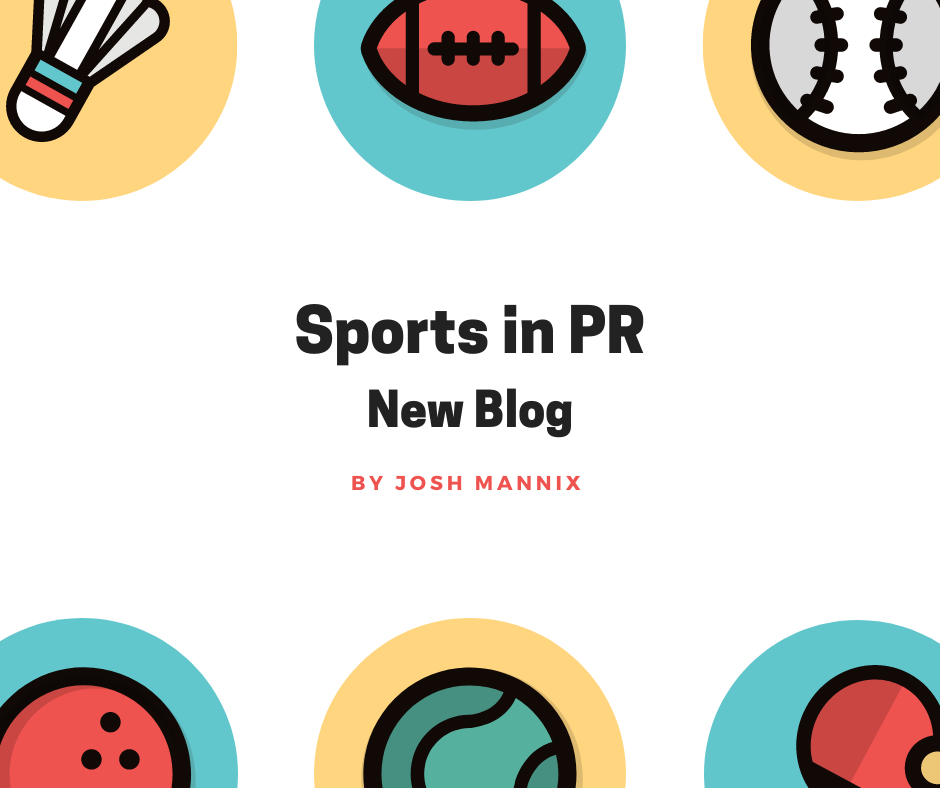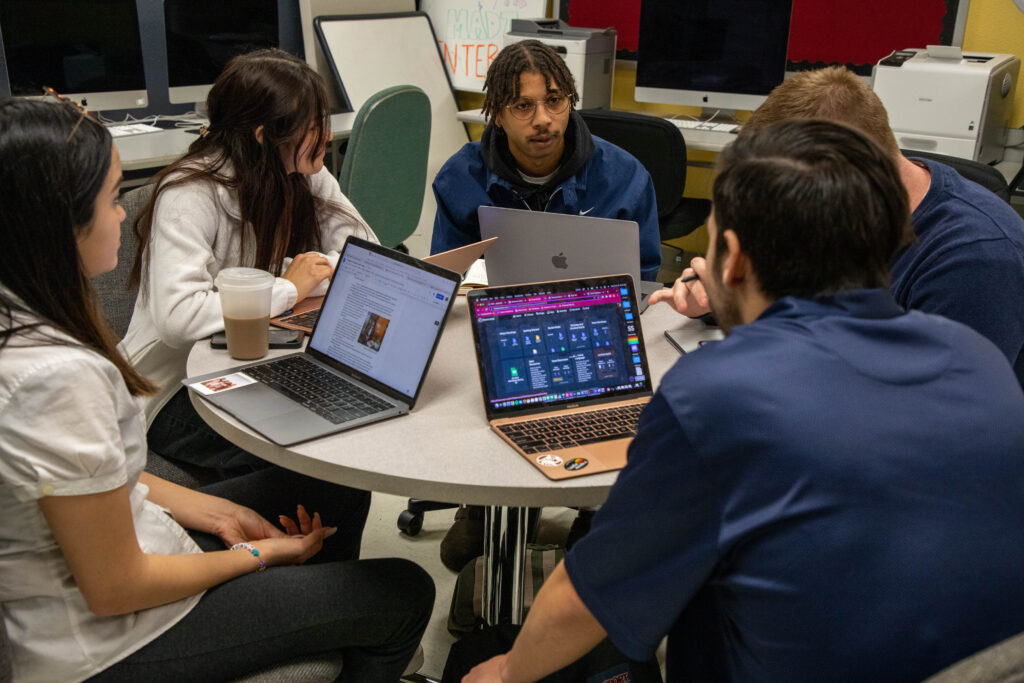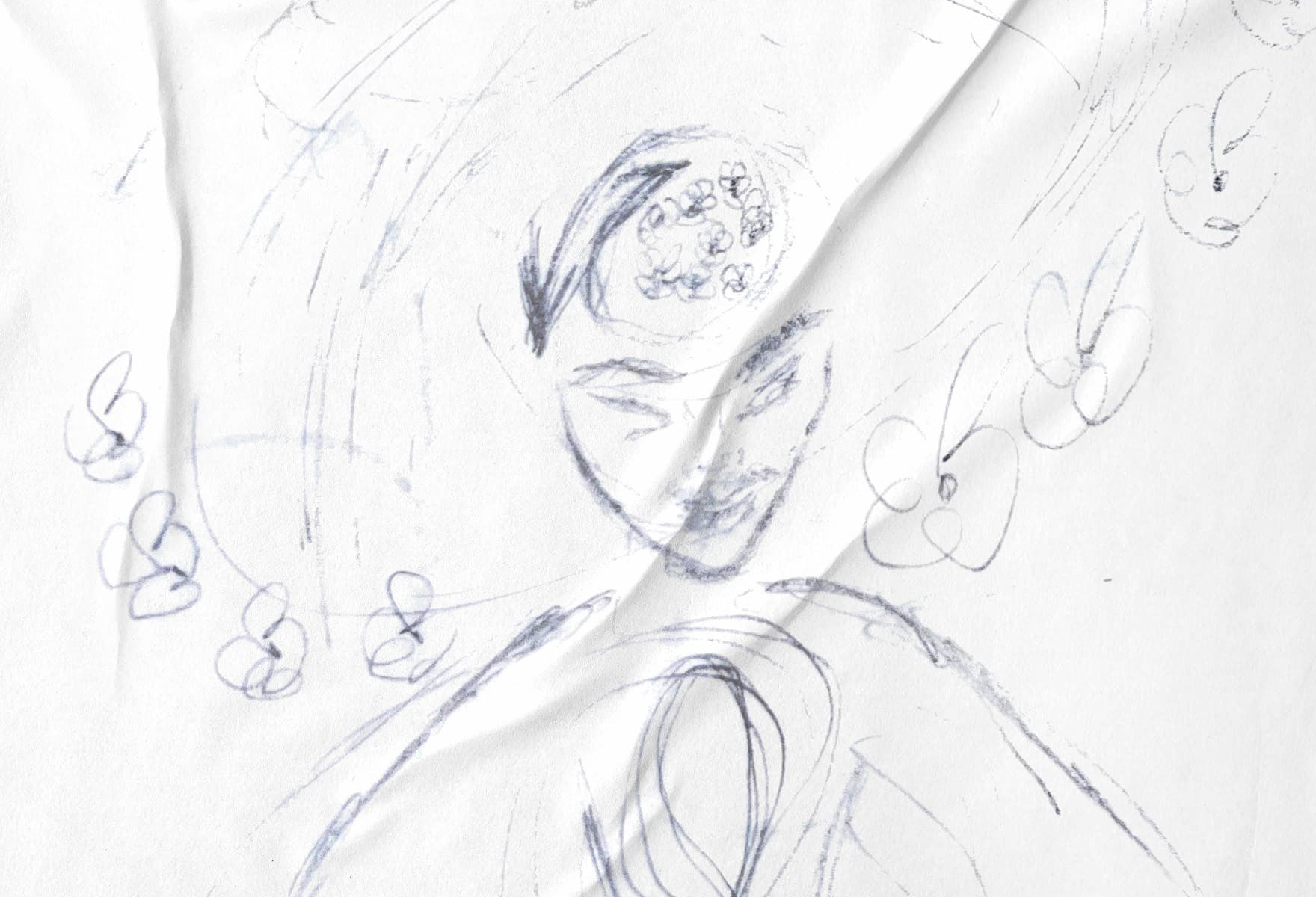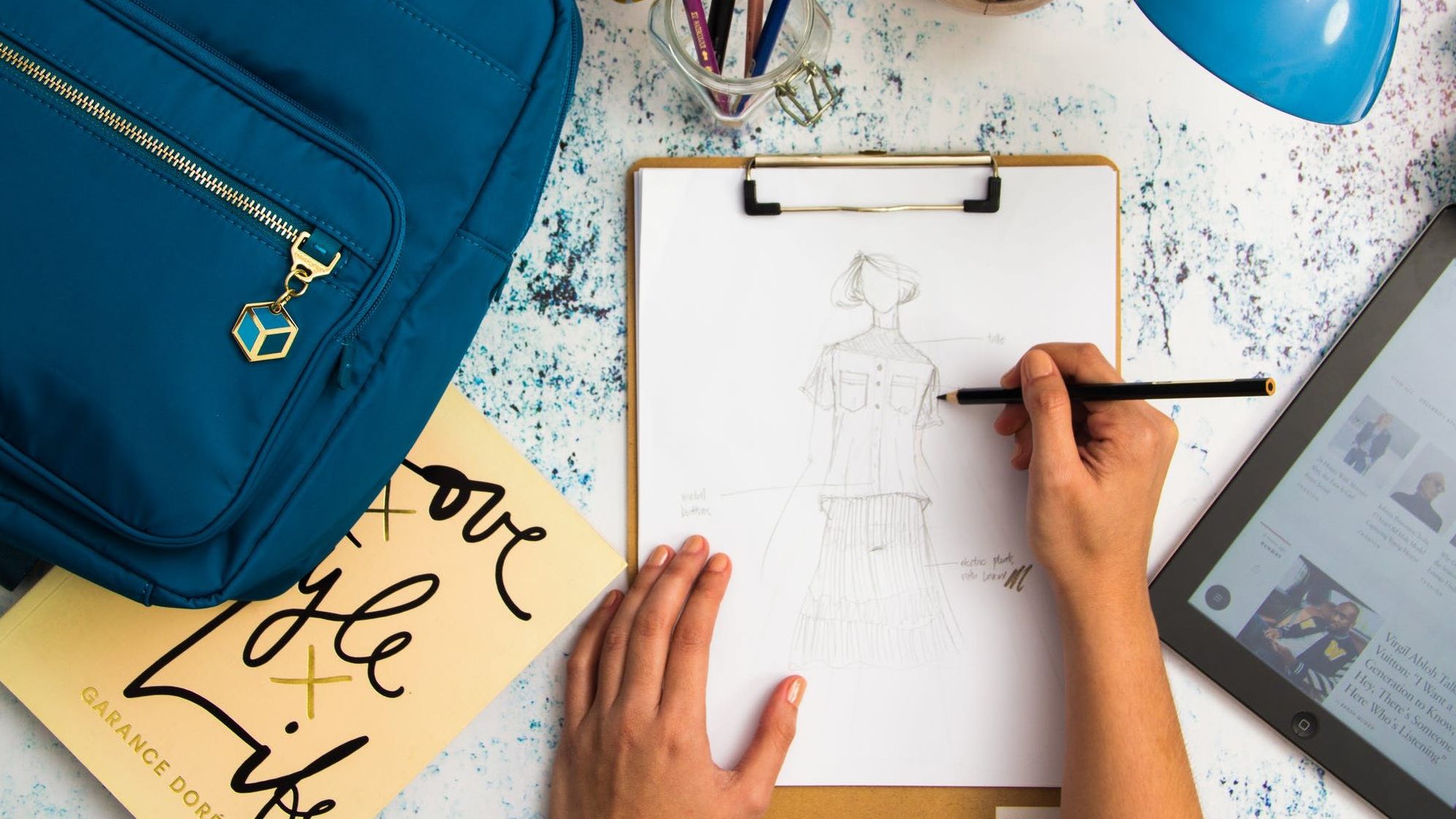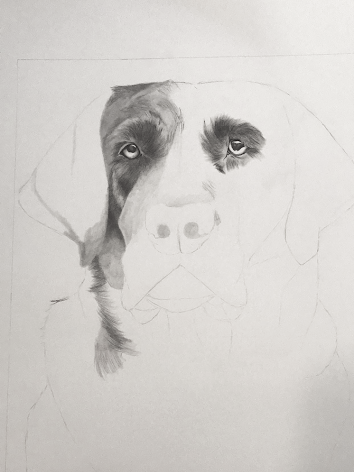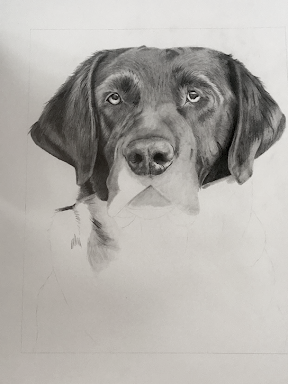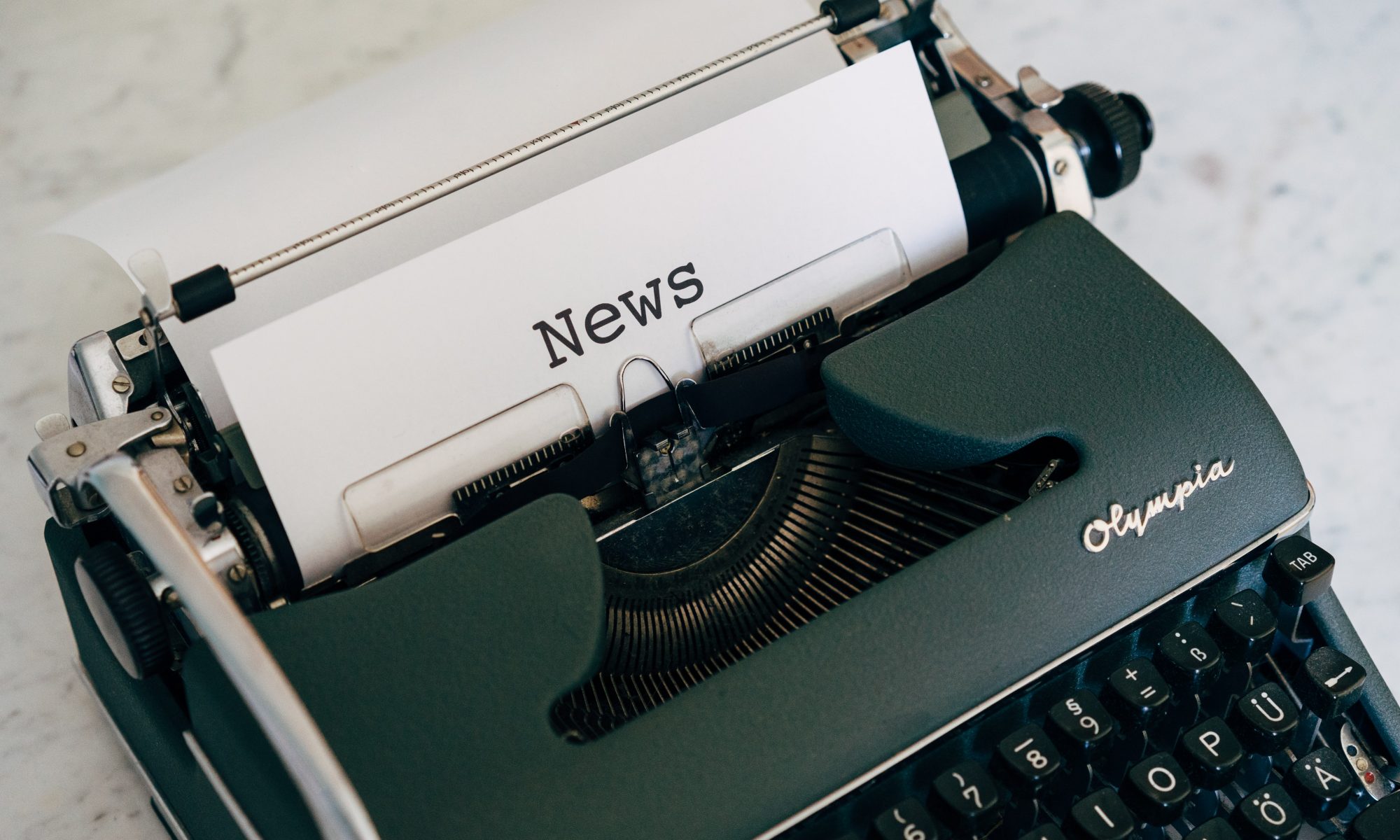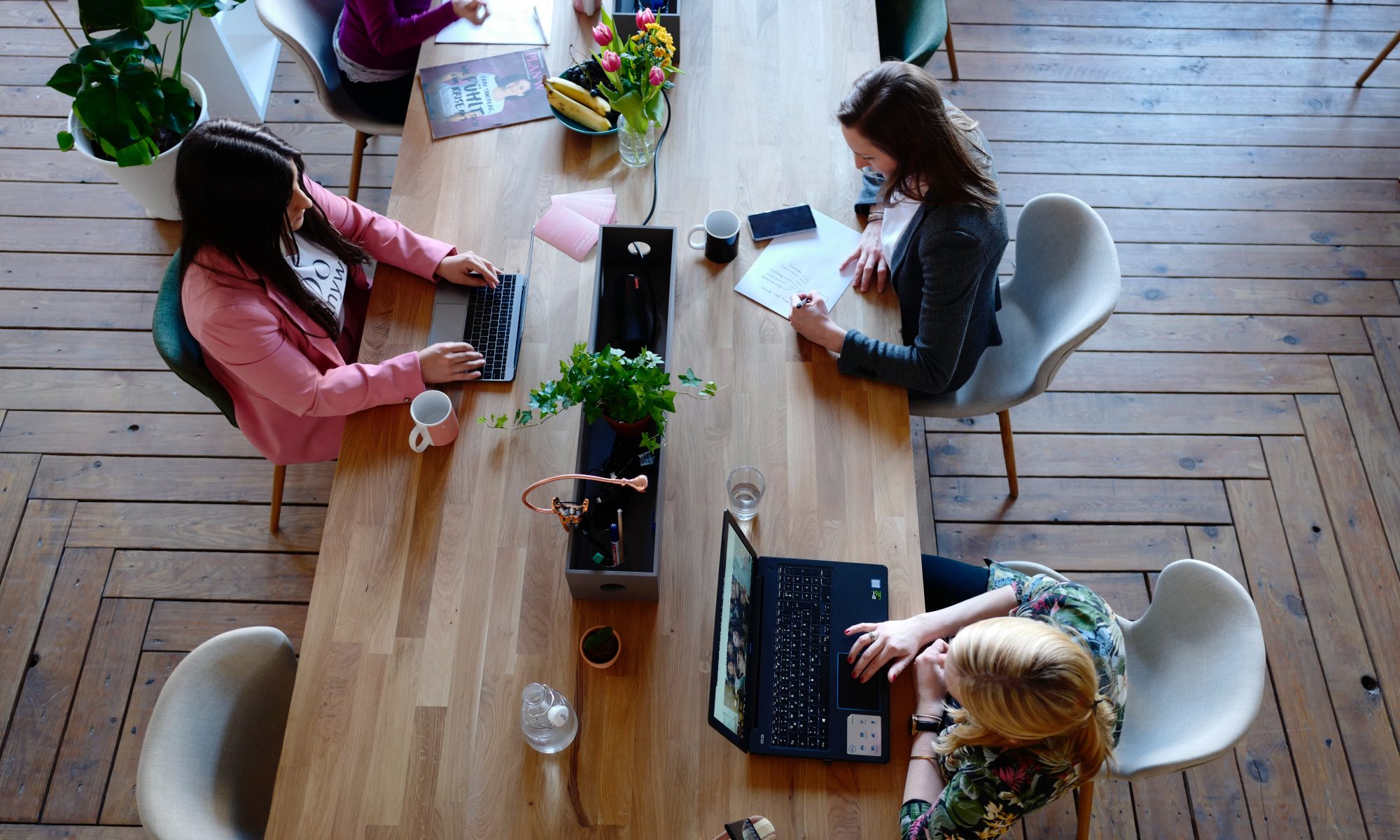By Jessica Delgado
Before I switched my major, I had no idea what public relations was. I believe that is how it is for a lot of individuals when they first discover or hear the word “public relations.” It wasn’t until one Zoom call with Professor Susan Weisinger who informed me of all the job possibilities within this major. Everything I was describing to her that intrigued me or I was passionate about what I wanted to do for a career was all leading to working in PR. I loved the idea of being able to work in all types of PR. If you wanted to branch out after one type of PR you could. Fashion, entertainment, and crisis management were all the types of PR I’ve always been interested in but didn’t exactly know would lead me to major in Journalism and Public Relations.
The following semester after I switched my major I was enrolled in JOUR 344: Public Relations Strategy, Jour 444: Job Hunting & Professional Skills for News & PR. Not only were the professors amazing but the knowledge and possibilities I learned from these classes made me realize public relations was perfect for me. It was also that semester that I was enrolled in Jour 344 a.k.a “TGC.” Where I was able to get real hands-on experience in PR working with clients.
“It’s PR not ER”
Now in my second semester in Tehama Group Communications at Chico State and four client accounts later. Being in TGC helped educate and strengthen my knowledge in public relations. From working with real-life clients, learning how to create strategy briefs, media lists, social media calendars, guide weekly meetings with my teams and clients, to site visits to visit real public relations agencies. The guidance and skills I’ve learned while being in this internship really has set me up for post-grad.
This semester (Spring 2023) I was an account executive for one of our clients, Krood and an assistant account executive for our Asian American Studies account. For Krood, one of our main goals was to grow our social media platforms by creating new content for our client. We posted 5x a week on our Instagram and Facebook and made a TikTok account. We also worked on influencer outreach, small boutique outreach, merchandise, and candle campaigns for new candle releases. The Asian American Studies account was started from the ground up. Our team designed their logo, created their Instagram account, tabling points for on-campus events, designed their future website copy, and we were also able to get our client into Chico State’s newspaper, The Orion, which highlighted the importance of Asian American Heritage Month.
From taking journalism classes to being in TGC, my time has been filled with so much growth, knowledge and amazing education. I would not be where I am today without my peers and mentors. Being in TGC, I have made so many lasting connections that have allowed me to gain opportunities that I don’t think I would have gained elsewhere.




